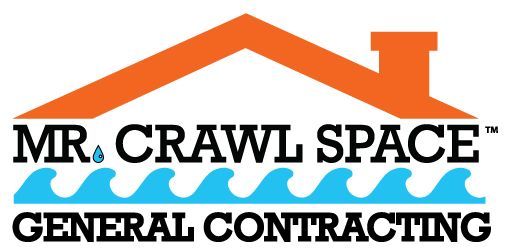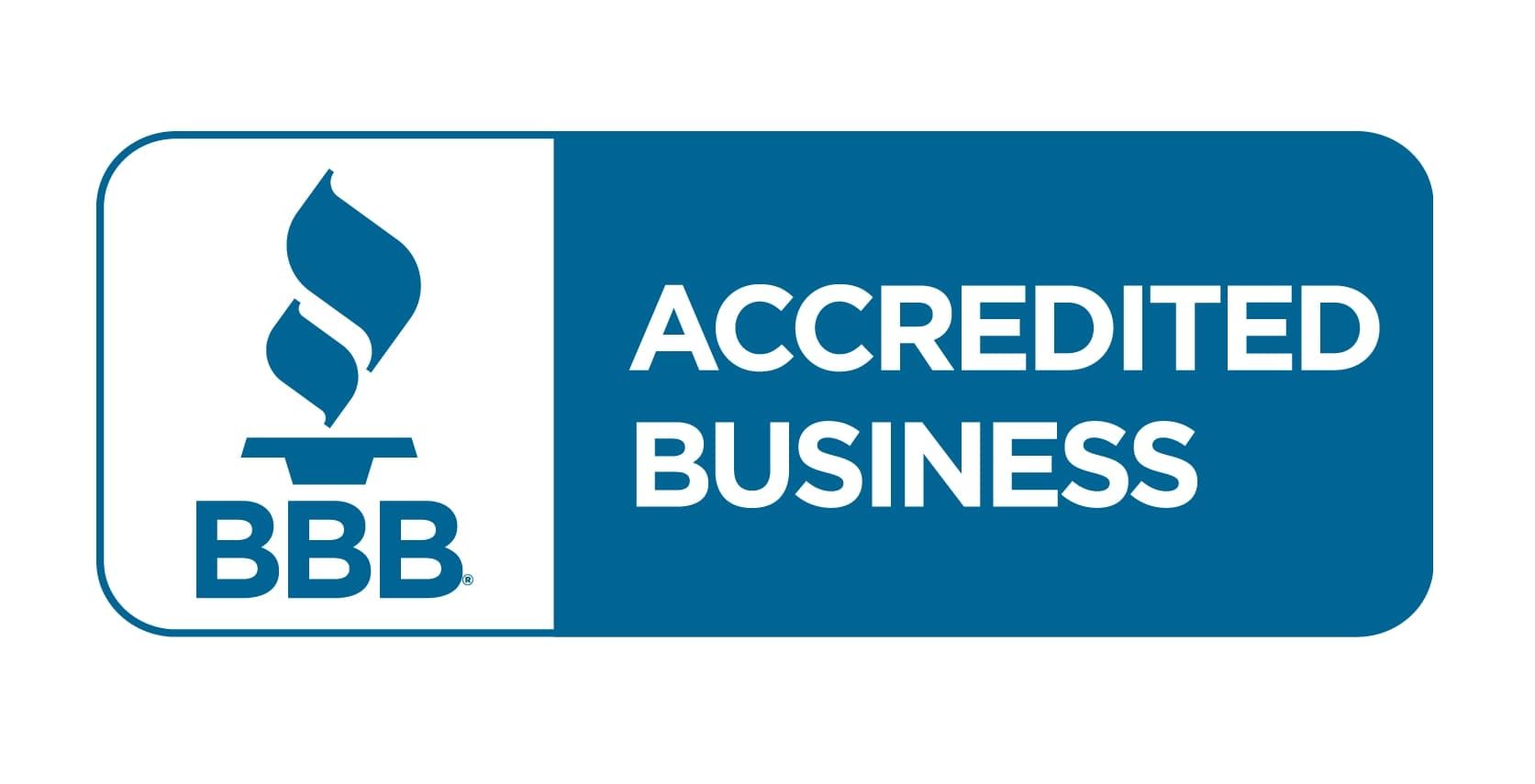Installation of Helical Piers/Structural Support
We often take the ground beneath our feet for granted, assuming it will remain stable and unwavering. However, shifting soils, erosion, and inadequate foundations can lead to serious structural problems in buildings. This is where helical piers, also known as screw piles or helical piles, come into play, offering a robust and reliable solution for foundation repair and structural support.
What are Helical Piers?
Imagine giant screws being driven deep into the earth until they reach stable, load-bearing soil. That's essentially what helical piers are. These steel shafts, featuring one or more helix-shaped bearing plates (the "screws"), are mechanically screwed into the ground. They provide a solid foundation for structures by transferring the load from the building to the deep, stable soil layers below.
Why Choose Helical Piers?
Helical piers offer a multitude of advantages over traditional foundation repair methods:
- Minimal Disruption: Unlike concrete underpinning, which can require extensive excavation and be highly disruptive, helical pier installation is relatively quick and clean. It minimizes disturbance to landscaping and surrounding structures.
- Versatile Application: Helical piers can be used in a variety of soil conditions and applications, from residential homes to commercial buildings, and even in environmentally sensitive areas.
- Rapid Installation: Installation is typically faster than traditional methods, allowing for quicker project completion and reduced downtime.
- Immediate Load Bearing: Once installed, helical piers can bear weight immediately, allowing for immediate structural repairs and stabilization.
- Cost-Effective: In many cases, helical piers can be a more cost-effective solution than traditional methods, especially when considering the reduced labor, material, and disruption.
- Environmentally Friendly: The installation process is less invasive than traditional methods and uses less concrete, making it a more environmentally friendly option.
How are Helical Piers Installed?
The installation of helical piers is a relatively straightforward process, typically performed by trained professionals. Here's a general overview:
- Site Assessment: A thorough site assessment is crucial to determine the soil conditions, load requirements, and the appropriate type and size of helical piers needed.
- Marking and Excavation (if needed): The locations for the piers are marked, and minimal excavation may be required to expose the existing foundation.
- Pier Installation: A specialized hydraulic drive head is used to screw the helical piers into the ground. The piers are driven to a predetermined depth and torque, ensuring they reach the desired load-bearing capacity.
- Bracket Installation: Once the piers are in place, brackets are attached to the existing foundation or structure to connect it to the helical piers.
- Load Transfer: The weight of the structure is then transferred to the helical piers, effectively lifting and stabilizing the foundation.
Common Applications of Helical Piers:
Helical piers are utilized in a wide range of construction and repair projects, including:
- Foundation Repair: Stabilizing and lifting sinking or settling foundations.
- New Construction Support: Providing a deep foundation system for new buildings, especially in areas with poor soil conditions.
- Retaining Wall Support: Reinforcing and stabilizing retaining walls.
- Deck and Porch Support: Providing a stable and long-lasting foundation for decks and porches.
- Equipment Support: Supporting heavy equipment, such as generators and communication towers.
Finding a Qualified Professional:
When considering helical piers for your project, it's crucial to work with a reputable and experienced contractor. Look for companies that:
- Have a proven track record: Check references and reviews.
- Offer professional engineering services: Ensure the design and installation are properly engineered to meet your specific needs.
- Use high-quality materials: The quality of the helical piers is critical for long-term performance.
- Provide comprehensive warranties: A solid warranty offers peace of mind.
Conclusion:
Helical piers offer a versatile and reliable solution for a variety of foundation and structural support needs. Their minimal disruption, rapid installation, and cost-effectiveness make them a compelling alternative to traditional methods. By understanding the benefits of helical piers and choosing a qualified professional, you can ensure the stability and longevity of your structure for years to come.






